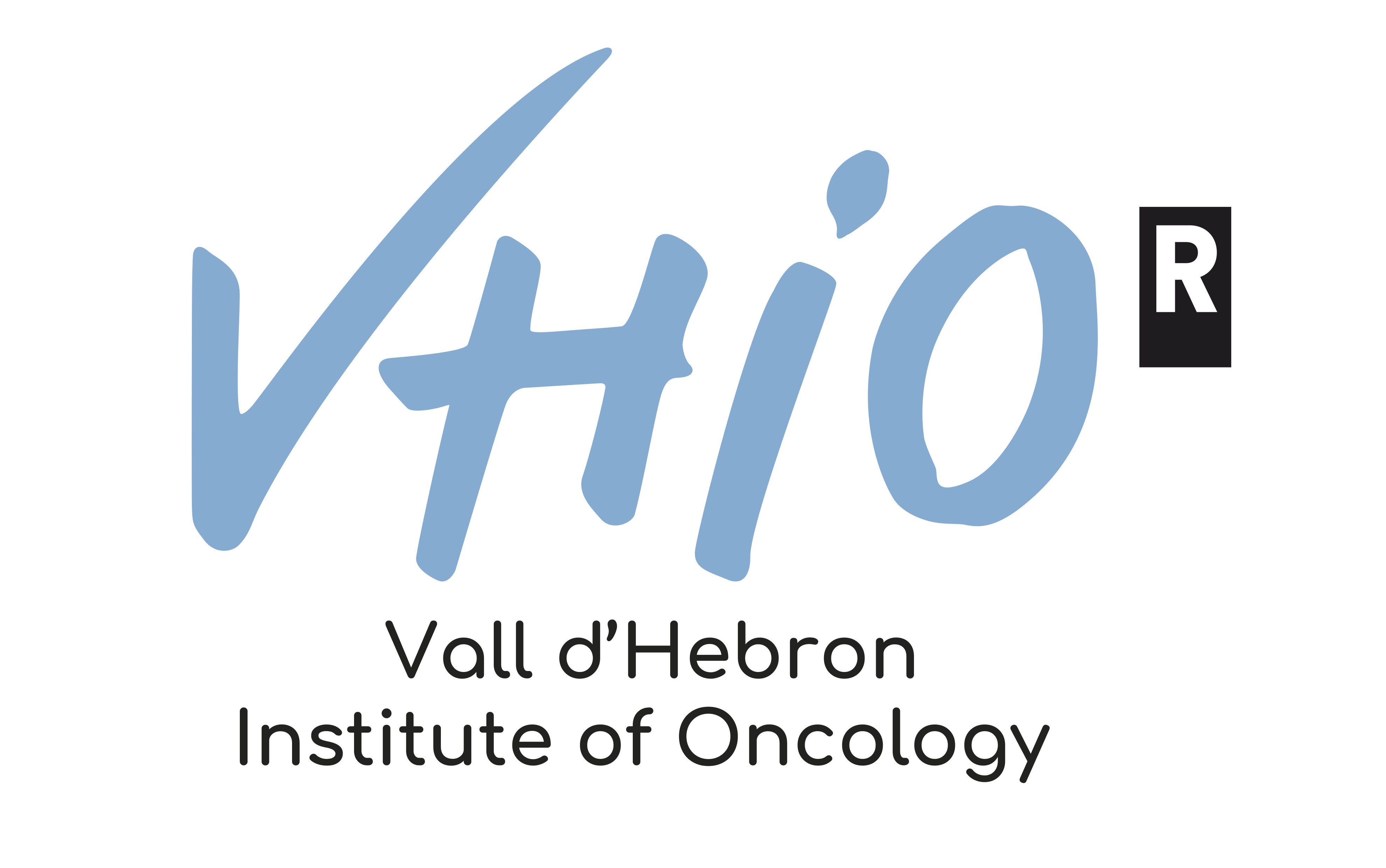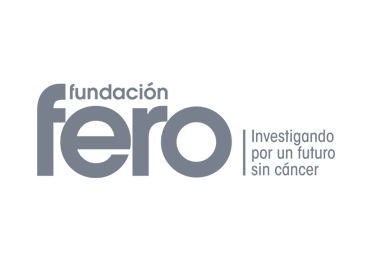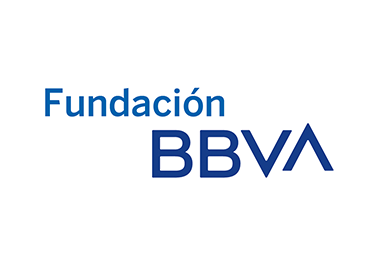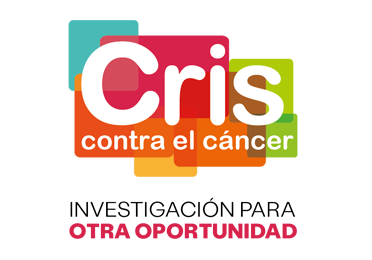Barcelona, October 12, 2015.– A major collaborative study carried out through an international consortium of excellence has, for the very first time, established a novel classification for colorectal cancer (CRC) based on genomic data. The study partners collected 4,000 samples from patients and reached a consensus on the genomic subtyping of CRC, which enabled the identification of intrinsic biological underpinnings of each subtype as well as correlative analysis with clinical behavior and prognosis of patients.
The research, published in Nature Medicine today – currently Open Access, was coordinated by lead author Rodrigo Dienstmann, Principal Investigator of the Oncology Data Science (ODysSey) Group at the Vall d’Hebron Institute of Oncology (VHIO, Barcelona), in collaboration with SAGE Bionetworks (Seattle, USA), as well as co-authors Josep Tabernero, Director of VHIO and Professor at the Universitat Autònoma de Barcelona, and Ramon Salazar from the Catalan Institute of Oncology (ICO).
The large number of samples studied eliminated the noise of results and concentrated a very clear signal around 4 highly consistent subtypes. “We have for the very first time, as an international consortium of leading experts in colorectal cancer, reached a much needed consensus on the classification of this disease,” said Rodrigo Dienstmann whose research is supported by the Welfare Projects division of the “la Caixa” Foundation through La Caixa International Program for Cancer Research and Education – essential funding that has spurred these findings as well as enabled him to pursue his research career across borders in Seattle (SAGE Bionetworks), Boston (Massachusetts General Hospital), and Barcelona (VHIO) .
VHIO and Sage Bionetworks engineered an algorithm that, through pooled big data, facilitated the key conclusions presented in the consensus report. “The results have already confirmed that the biology of each subtype is so different from the others that they could almost be considered as distinct cancers. This helps us understand why CRC tumors respond so differently to the same treatment,” continued Rodrigo Dienstmann.
Combining strengths and overcoming current obstacles in collaboration
Over recent years, the classification of certain cancers has been advanced significantly thanks to the study of the genetic expression of tumors, as is the case with breast cancer. Such important insights have undoubtedly rendered cancer treatment more precise. Despite the many efforts to-date, the genomic classification of CRC has struggled to reach the clinic, hampering the stratification of patients for treatment decisions. While individual groups have previously proposed classifications, they differed in both the number of subtypes and the interpretation of results. The heterogeneity of the algorithms and the small number of samples analyzed in these previous studies hindered endorsement from the wider scientific community. This impasse led researchers to join forces as an International Consortium in order to combine numbers of patient samples, share and exchange knowledge on the biology of CRC, as well as bioinformatics expertise in the analysis of big data.
Novel classification and correlates in CRC
There are 4 main groups proposed by consensus: the Consensus Molecular Subtypes (CMS). CMS1 (Microsatellite Instability Immune, 15% of tumors) is the subtype that is characterized by a prominent immunological activation, and represents the group of patients who would most likely benefit from immunotherapies. CMS2 (canonical epithelial, 40% of tumors) is the group with the highest chromosomal instability, which follows the classical carcinogenesis of CRC with activation of the WNT, MYC and EGFR pathways. CSM3 (metabolic epithelial, 15% of tumors) is characterized by deregulation of the metabolic pathways associated with mutations in the KRAS gene. Finally, CMS4 (mesenchymal, 30% of tumors) shows a very poor prognosis with standard treatment for CRC due to an activation of the TGFB pathways, angiogenesis and stromal invasion.
From genomics to clinical practice: an Open Access Consortium
The consensus data from this new classification represents an important first-step for clinical translation of the findings. For example, knowing which subtype has the worst prognosis or which has the best response to targeted molecular therapies could better guide therapeutic strategies. “The next step will be to study the clinical applicability of this classification. Clinical trials have already been designed and some are currently underway in leading reference institutions such as the VHIO and the ICO. The results of these trials will determine which therapies are the most beneficial for each subtype of CRC,” explains Rodrigo. “To conduct these analyses and to facilitate clinical implementation, the Consortium has developed open-access software tools that will allow any researcher from around the globe to classify CRC tumors using gene expression data” he concludes.
###
For more information:
Amanda Wren · Director of Communications, the Vall d’Hebron Institute of Oncology (VHIO) · Tel. +34 695 207 886 awren@vhio.net











